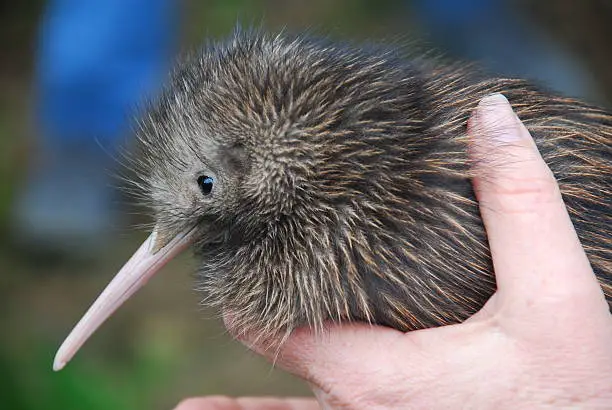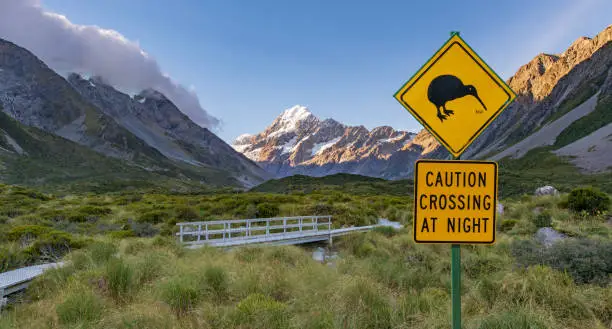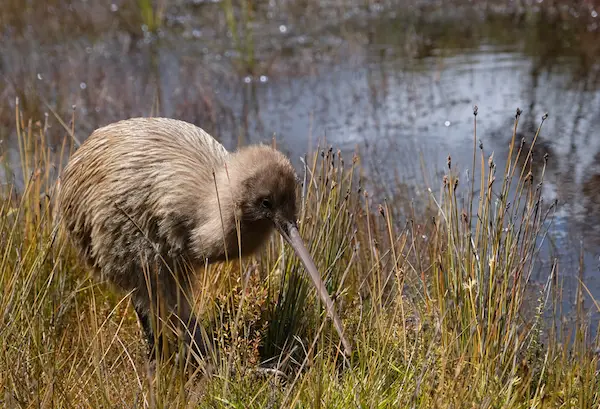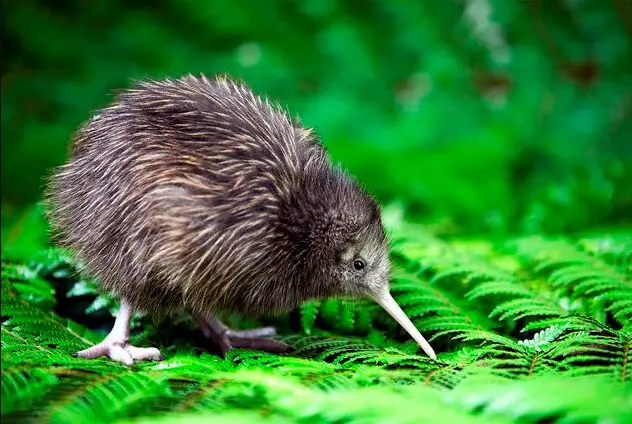Kiwi bird, the national bird of New Zealand
The Kiwi bird represents New Zealand and serves as the country’s official mascot. Maori is the original language of the bird’s namesake (indigenous NZ people). Hidden bird is the literal translation. Many individuals outside of New Zealand will simply say “Kiwi” when asked about the locals.
What stunningly gorgeous and fiercely independent people the Kiwis are! Of course, I mean the kiwi bird, but there are really quite a few connections that can be made between the national bird of New Zealand and the people that live here!
The New Zealand kiwi, the bird from which the Kiwi people take their name, serves as the unofficial national bird and symbol of New Zealand. More than meets the eye with these seemingly simple creatures; so much so that we have named one of our greatest adventures after them: the Kiwi Classic.

Our goal is to fill in any gaps in your understanding of the bird we hold dear, to address any concerns you may have, and to provide some entertaining trivia about this remarkable species. If a question like “why is a kiwifruit so named?” comes up at the next pub quiz, you’ll be able to blow everyone away with your extensive knowledge of the kiwi bird.
Origin of Kiwis: Down Under
The kiwi, the national bird of New Zealand, belongs to the ratites, a family of giant, flightless birds that originated in Gondwana. The kiwi is closely linked to the extinct moa of New Zealand and the emu and cassowary of Australia. How did they get to New Zealand in the first place, and have they always been unable to fly, is a question that hasn’t been answered conclusively.
What’s the deal with the Kiwi bird’s moniker?
The natives of the area thought the deity Tane concealed the bird, therefore they referred to it as Te Manu a Tane. Kiwi is a Maori word for a flightless bird. A number of competing theories attempt to explain the term’s origin. According to some sources, the name comes from the bird’s loud cry, while others claim it was chosen to honor the Polynesian bird Kivi, which is similar to the kiwi.

How many different kinds of kiwis call New Zealand home?
Five! This list includes:
The little kiwi, also known as the Kiwi Pukupuku, inhabits a number of islands in the area.
The western part of the South Island and Arthur’s Pass is home to the great spotted kiwi, also known as a Roroa.
The North Island is home to the brown kiwi.
Rowi is prevalent in Okarito and throughout the west coast of the South Island.
Fiordland, the Haast Range, and Stewart Island are all home to the tokoeka.
When fully grown, how large is a kiwi?
When fully grown, a kiwi bird is about the size of a chicken. Female kiwis tend to be larger than their male counterparts.
How big are kiwi eggs typically?
Hold on a moment… It’s estimated that a kiwi egg is around six times the size of a chicken egg. What a huge 120mm in length and 80mm in width!
Nowhere else in the world can you find this rare and wingless bird. As a result of its historical employment in the production of the kahukiwi (kiwi feather cloak), the bird is also held in high regard by the Mori, who previously wove it for their leaders.
In the 1970s, New Zealand plant breeders renamed the fruit that had previously been known as the Chinese gooseberry for commercial purposes. The New Zealand kiwi bird was a distant relative of the fuzzy brown fruit, thus the name stayed.
Fortunately, on any of our incredible New Zealand Trails adventures, you will have several chances to view a kiwi in the wild.

Our World Heritage trip includes time at the Kiwi Birdlife Park in Queenstown, where you can spend a few hours learning about the brown kiwi and its habitat. The Park’s ‘breed for release’ program is also explained in detail. See brown kiwi at the kiwi home in Te Puia, Rotorua, on our Sweet North trip! Additionally, you may go on a guided trip to look for wild kiwis on our Kiwi Classic. Being nocturnal, this trip will keep you up late.
The National Kiwi Centre in Hokitika is a highlight of several of our South Island tours. There, you may see the severely endangered Rowi kiwi, one of only two kiwi species in the world.
Although the kiwi bird is not yet extinct, its number is in steep decline. Stoats, ferrets, weasels, possums, dogs, and humans are among their main predators. The Department of Conservation estimates that as few as 68,000 kiwis remain and that we lose around 20 unmanaged kiwis per week.
“about 20% of the kiwi population is under control,” the national organization Kiwis for Kiwi reports. When predators are eliminated or reduced, 50-60% of kiwi chicks make it. The survival rate of kiwis in unmanaged environments drops to less than 5% before they reach the age of reproduction.
However, there is much cause for optimism. For more information on how you can aid in protecting New Zealand’s national bird, check out these helpful guidelines from the Department of Conservation. Some examples are:

Notifying authorities of a sick, wounded, or deceased kiwi.
Reducing the danger posed by animals.
The kiwi is under close observation.
Getting in on the action by educating yourself about and participating with Kiwis for kiwi.
To sum up, we adore kiwi birds and find them to be remarkable little creatures. So sign up for one of our fantastic excursions and see them firsthand!





